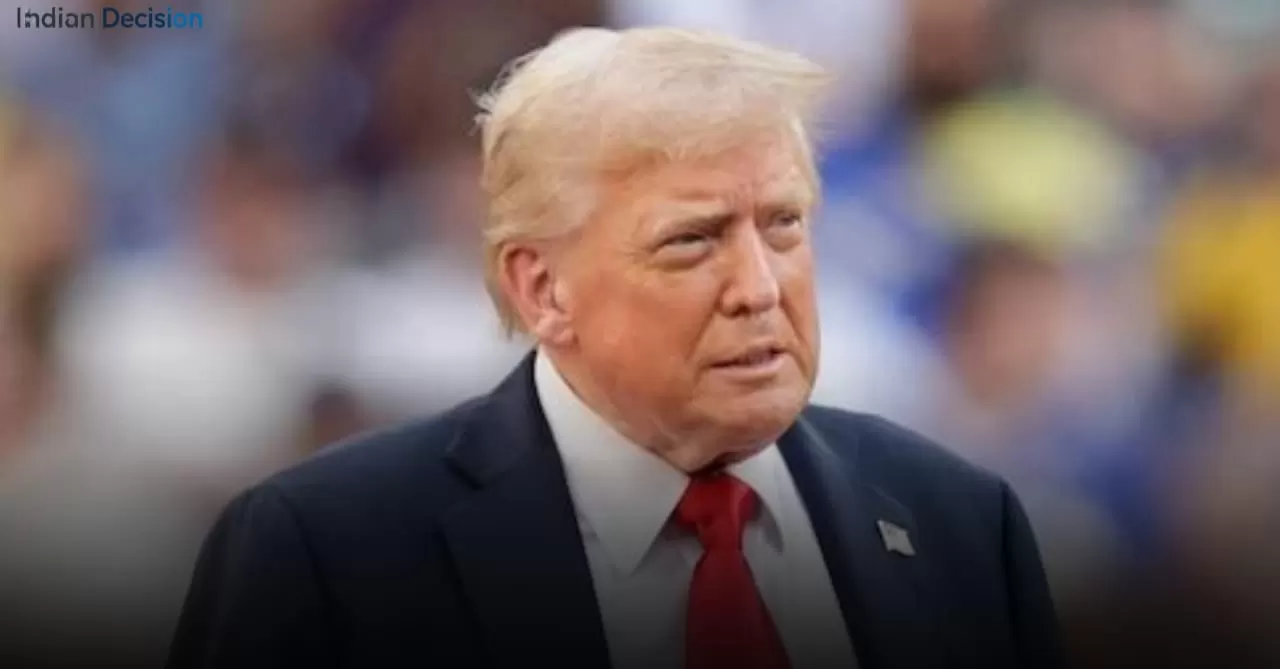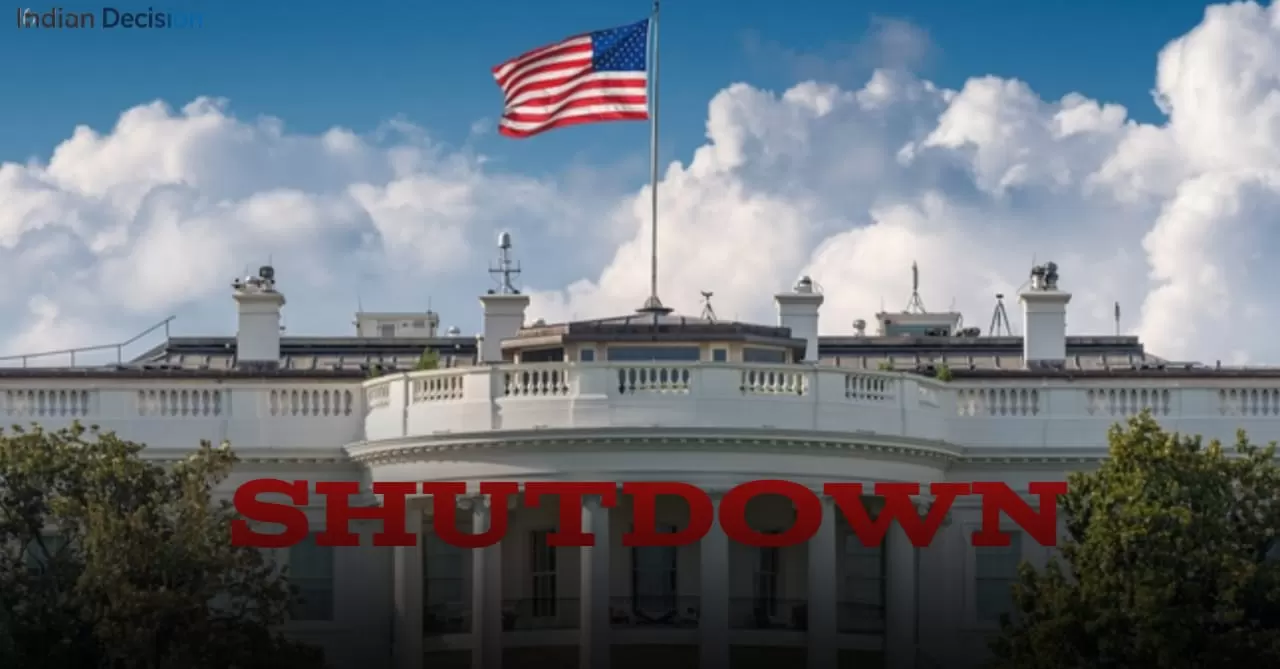Is Trump dead? Viral rumours explode here’s the confirmed update
Social media erupted today with posts claiming that former president Donald Trump was dead or missing. The trend spread rapidly across platforms, drawing in thousands of shares, memes, and heated discussions. These claims are not true: there is no verified report or official confirmation that Donald Trump has died. Major news organisations continue to report that he is alive, and the rumours remain misinformation amplified by viral posts.
What sparked the rumours
The origin of the rumour can be traced to a combination of factors. Trump has not been making frequent public appearances in recent days, which left a gap for speculation. Observers also noted visible swelling and bruising on his legs during his last public outing, which fuelled unverified chatter about serious health problems. The speculation escalated when Vice-President JD Vance remarked that he was “ready” to assume the presidency “if, God forbid, there’s a terrible tragedy.” While intended as a routine constitutional comment, it was seized upon by users as a sign of crisis.
Within hours, hashtags claiming “Trump is dead” began trending, propelled by memes and parody accounts. Journalists quickly pointed out that the remark by Vance had been taken out of context, and that the claims had no factual basis. Yet by then, the rumour had already reached a global audience.
Official and reliable sources say: Trump is alive
When questions arise about the health of a president, official medical briefings and major news organisations are the first points of confirmation. Neither the White House physician nor established outlets like Reuters, AP, or the BBC have reported anything resembling a presidential death. On the contrary, reports continue to emphasise that while Trump’s health is closely followed, there has been no official indication of life-threatening illness.
In a press pool response today, White House staff dismissed the viral claims and urged the public to rely on official communications instead of online speculation. The disinformation illustrates how quickly a loosely connected set of events can spiral into a full-blown trending topic without evidence.
What we know about his health today
Trump’s health has been subject to coverage for years, particularly given his age and political prominence. Recently, the White House disclosed that he suffers from chronic venous insufficiency, a condition that causes swelling and bruising in the legs. Doctors emphasise this condition is not life-threatening, though it can create visible signs that might worry the uninitiated.
Medical reporters say these health details help explain the bruising seen in photographs, but they do not point to death or imminent collapse. Despite this, the combination of physical appearance and political speculation proved fertile ground for online rumours. Today, Trump is alive and continuing his schedule, though the chatter about his health has not fully subsided.
Why misinformation spreads so fast
Misinformation thrives in moments of ambiguity. High-profile figures like Trump are constant subjects of speculation, and when information gaps exist, rumours often rush to fill them. In this case, a pause in public appearances, vague online commentary, and an out-of-context remark became the perfect fuel for viral spread.
Experts in digital media explain that social platforms reward sensational content, regardless of accuracy. A shocking claim like “Trump dead” generates clicks and engagement, which amplifies it further. Within hours, millions may see and share the content before fact-checkers intervene.
To slow down the cycle, individuals can adopt simple practices:
- Verify claims with at least two established outlets before sharing.
- Check official statements from the White House or the President’s physician.
- Avoid forwarding screenshots or memes as “news.”
JD Vance’s remarks: context matters
The controversy was partly fuelled by Vice-President JD Vance’s comments. In a prepared interview, Vance said he was prepared to step in “if, God forbid, there’s a terrible tragedy.” Constitutional scholars and political analysts note that such remarks are routine. Every vice-president is constitutionally obliged to be ready to assume office, and acknowledging this does not indicate that a crisis is happening.
In follow-up remarks, Vance’s office clarified that he was speaking generally about the duties of the vice-presidency and not in reference to Trump’s current condition. Political observers say that misunderstanding or misrepresenting such remarks is common online, particularly in heated partisan environments.
The role of fact-checkers
Fact-checking organisations, including several non-partisan watchdogs, have moved quickly to debunk the Trump death rumours. They emphasise that false stories often repeat every few months with different public figures. What makes this instance unique is the level of visibility and the timing, which intersected with legitimate public curiosity about Trump’s health. By mid-day, most reputable outlets had published clarifications and social media platforms had begun attaching warning labels to viral posts.
How to get the most reliable, up-to-date information
If you want to follow updates about Trump or any public figure without falling into misinformation traps, stick to these practices:
- Check White House official statements and medical briefings.
- Follow major broadcasters such as CNN, BBC, or AP for breaking news.
- Use independent fact-checking services like Snopes or PolitiFact for clarification.
- Cross-verify stories through multiple established outlets before sharing.
Bottom line
As of today’s reporting, Donald Trump is alive. The viral claim that he is dead is a social-media-driven falsehood. While legitimate questions about his health continue to be covered by journalists, no verified report has suggested death or incapacitation. Rely on official channels and reputable newsrooms for updates. Sensational hashtags may make for quick clicks, but they often distort reality. Before sharing, always verify.
Note: This article is based on verified reporting and official sources available today. It aims to provide clarity amid a wave of misinformation circulating online.







